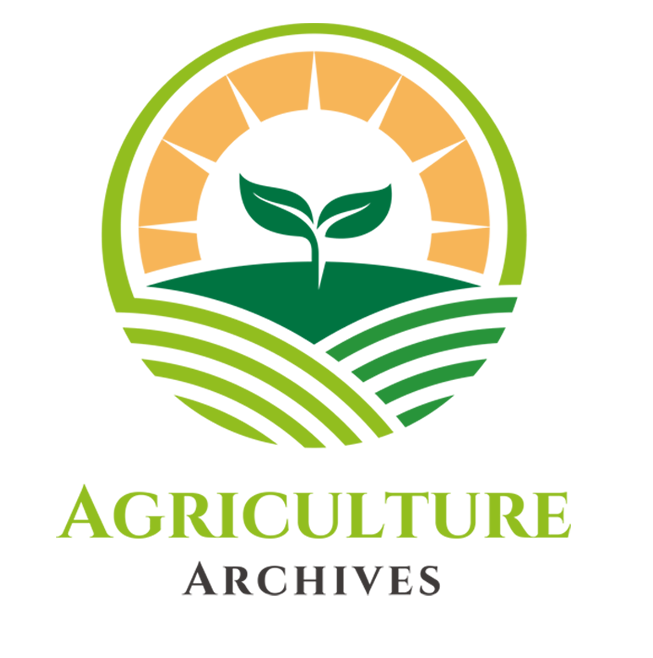Assessing Consumer Preferences and Willingness to Pay for Safer Vegetables in Ouagadougou, Burkina Faso
Introduction The demand for vegetables has increased dramatically worldwide, in part because of urbanization (see, [29]) and the widespread perception that vegetables are an excellent source of vitamins and minerals that promote health and vitality [26].For optimum health and vitality, 400g or more of vegetables should be consumed each day [27]. For the nutrition of … Read more
